
My main purpose of visiting the Museum of Modern Art (MOMA) was to see Matisse: Radical Invention, 1913-1917, which was definitely the highlight of my recent trip to New York City.
That said, its permanent collections were no less satisfying. There are so many amazing things to behold and it did feel like a miracle that I was able to savor so many of them within a few short hours span. It is hard to pick what I like most but I will give it a try.
I really liked the mysterious image of Henri Rousseau, whose messages I only started to understand.
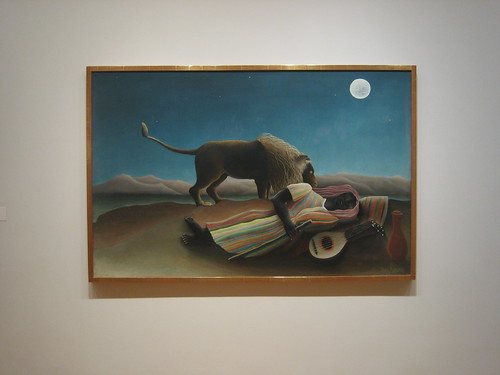
The Sleeping Gypsy, 1897, Henri Rousseau
Another painting I have been resisting till recently was Klimt. I didn't care much for Art Nouveau movement but it was by no means limited to overtly ornate images and designs. They were productions of periods for sure, but the humanity transcended its stylistic boundary. I particularly love this "Hope, II" due to the striking simplicity of the two background "panels" where an ornate woman figure sandwiched in between.
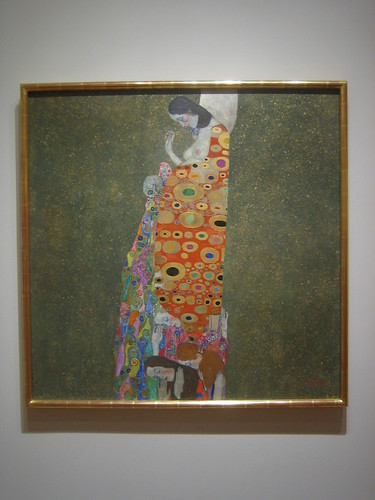
Hope, II, 1907-08, Gustav Klimt
My perennial favorites were represented by Picascso, Van Gogh, Cézanne and Redon. "Three Women at the Spring" by Picasso was striking for its bold monumentality. They reminded me of marbles by Michelangelo. In great contract to this, Picasso's earlier piece "Boy Leading a Horse" was pure delicate beauty, including the giant horse. One can see the connection of these two pieces as well as the great contrast. Knowing of where his final style was, I marveled at his development journey.

Three Women at the Spring, summer 1921, Pablo Picasso
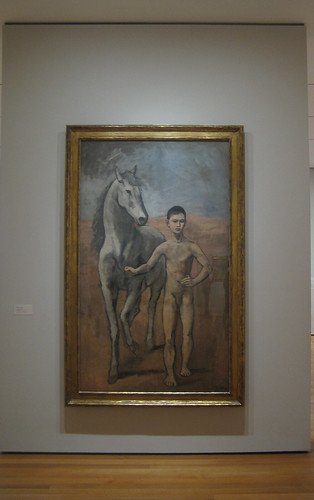
Boy Leading a Horse, 1905-06, Pablo Picasso
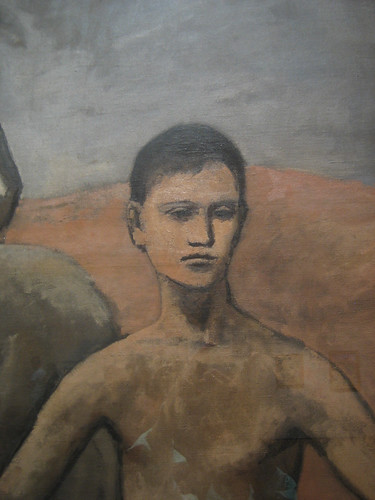
Boy Leading a Horse (details), 1905-06, Pablo Picasso
Van Gogh's "The Starry Nigh" never lost its impact, even though the canvas was rather small and hardly believable that it could have contained such unbridled passion. However, the unflattering frame did it much disservice.
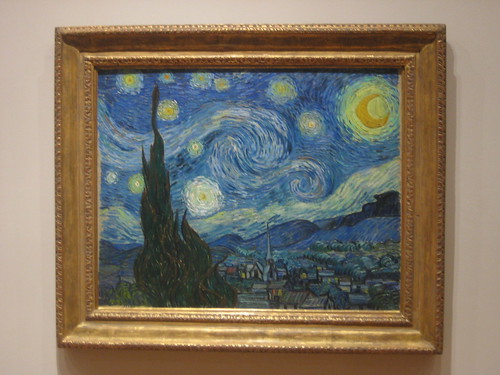
The Starry Night, June 1889, Vincent van Gogh
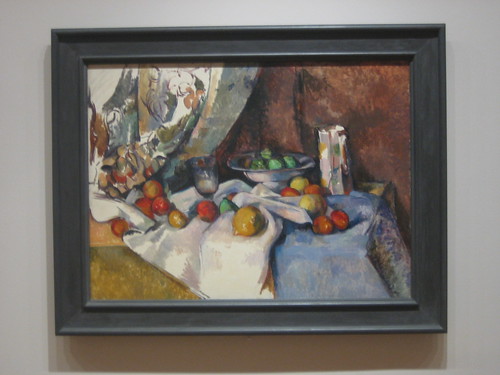
Still Life with Apples, 1895-98, Paul Cézanne
Cézanne's "Still Life with Apples" above and Chagall's "I and the Village" below are an interesting pair (not displayed in the same hall). Their styles and topics were very different for sure but they both sought to explore boundless planes and space and resulted in canvases deceptively simple in details but vast in their entireties.

I and the Village, 1911, Marc Chagall
My favorite artist Redon's "Roger and Angelica" was not my favorite work of his but the vibrancy of his colors still made rapturous impression on me.
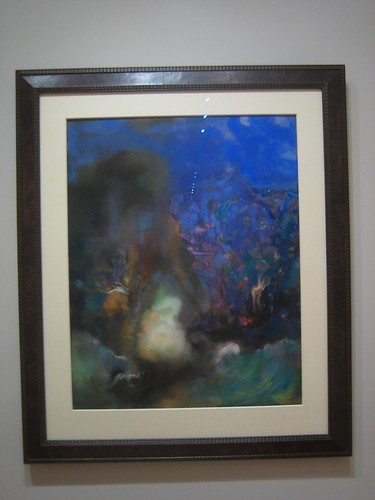
Roger and Angelica, c. 1910, Odilon Redon
In contract, Miró's "The Birth of the Wold" was beautiful despite or because of its subdued palettes. So did "Nude with Violet Stockings and Black Hair" by Egon Schiele.
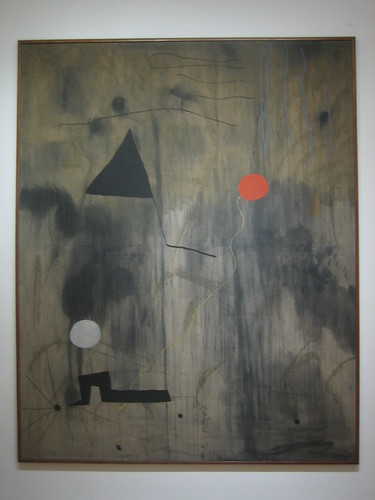
The Birth of the Wold, late summer-fall 1925, Joan Miró
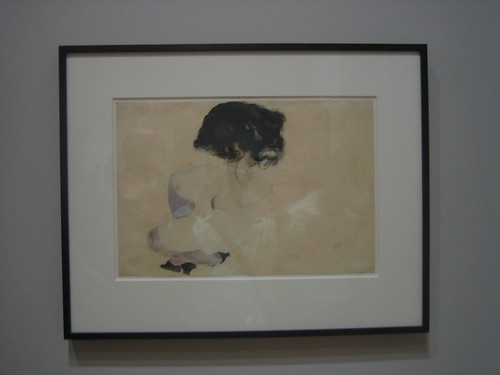
Nude with Violet Stockings and Black Hair, 1912, Egon Schiele
Schiele's images are often disturbing but James Ensor went much further with his "Masks Confronting Death".
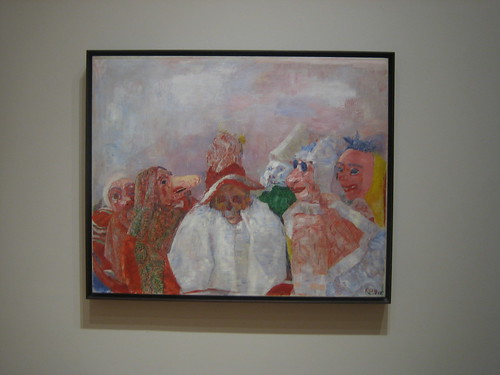
Masks Confronting Death, 1888, James Ensor
I have always been draw to German artists for their gravity. I was very happy to encounter my favorite artists Käthe Kollwitz and Max Beckmann in the same room. There was a series of prints by Kollwitz:
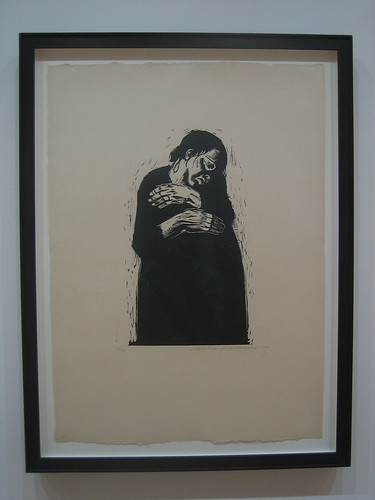
The Widow I (Die Witwe I) (plate 4) from War (Krieg), (1921-22, published 1923), Käthe Kollwitz
There was a triptych by Backmann and another oil painting of his here. I will discuss them separately, together with another triptych of his I saw a couple days later at Metropolitan Museum.
After these disturbing images, I'm ready to discuss tranquility represented by the sedate beauty of Modigliani ("Anna Zborowska") and Monet's "Water Lilies". Modigliani was somewhat an acquired taste. Sometimes I didn't care much for his apparent mannerism but once I looked beyond it, I was again and again overcome by its innate luminosity.
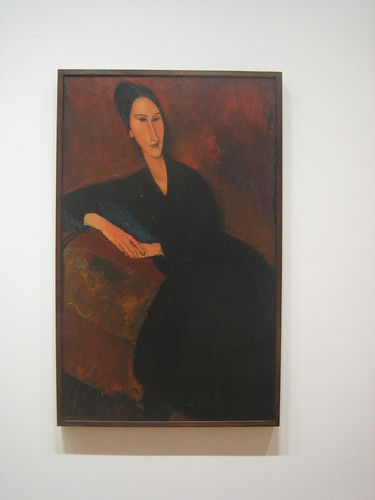
Anna Zborowska, 1917, Amedeo Modigliani
Monet's large panels of "Water Lilies" were nothing short of miraculous. They were deep and silent. I was convinced that only an experience rich old man could have summarize life in a pond like this. It contained universe.
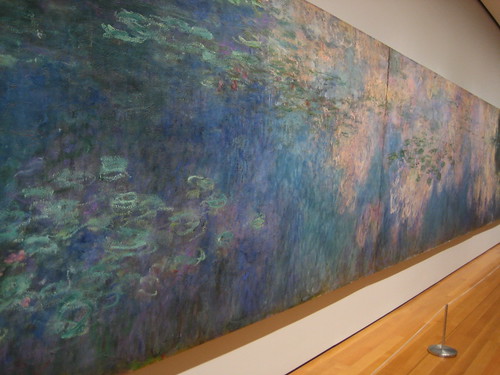
Water Lilies, 1914-26, Claude Monet
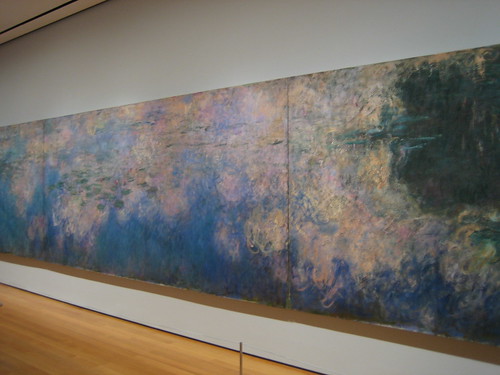
Water Lilies, 1914-26, Claude Monet
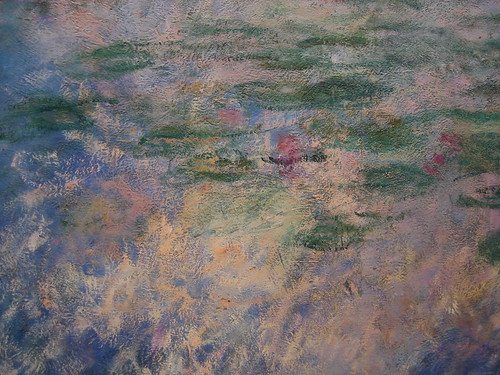
Water Lilies (details), 1914-26, Claude Monet
There weren't many sculptures in MOMA. One interesting sculpture was "Standing Youth" by Wilhelm Lehmbruck, which stood in the same room as Chagall's work.
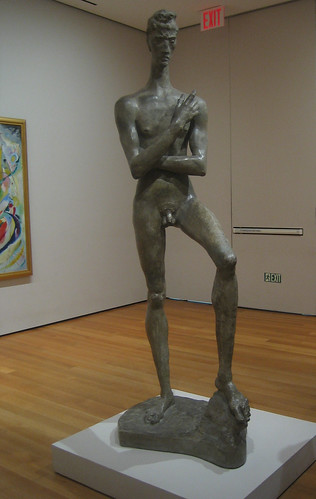
Standing Youth, 1913, Wilhelm Lehmbruck
The other one was "Monument to Balzac" by Rodin, casted in 1954, which stood by the entrance to MOMA's enchanting garden:

Monument to Balzac. 1898 (cast 1954), Auguste Rodin
MOMA also collects many new works by active artists. I liked several graphic pieces and some installations. I did not find any noticeable paintings by contemporary artists, unfortunately.
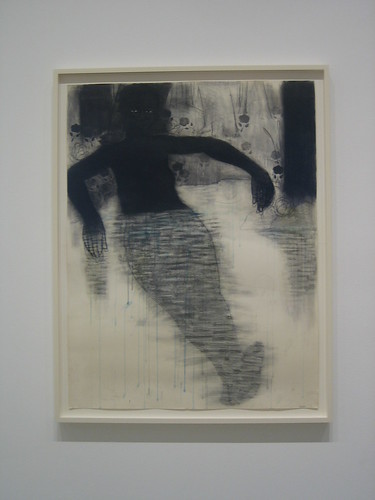
Study for Blue Water, Silver Moon, 1991, Kerry James Marshall
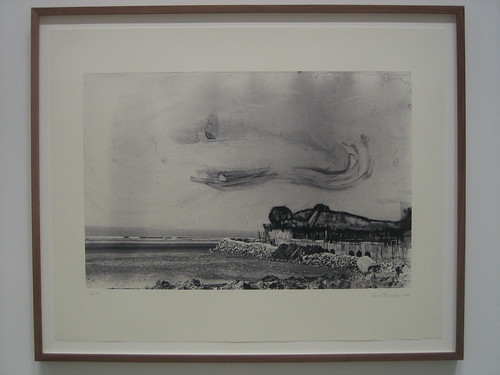
Selections from Reconstructions, 2007 Huma Bhabha
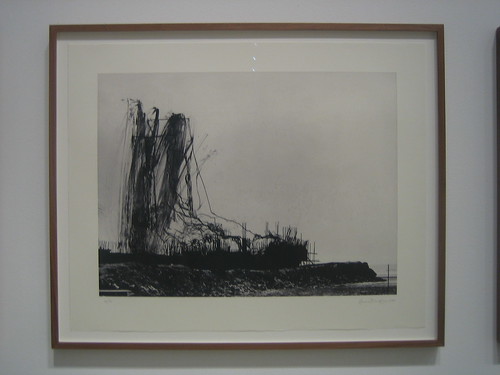
Selections from Reconstructions, 2007 Huma Bhabha
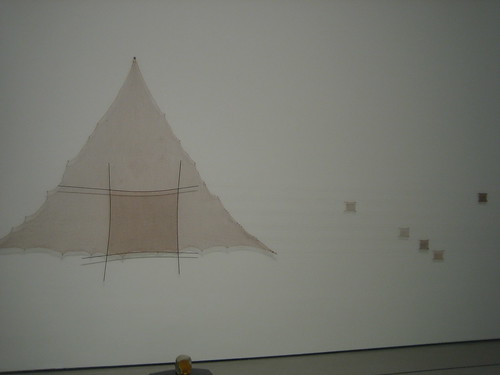
Untitled (Stave), 1993, Marisa Merz
I also saw some interesting design display and conceptual work. They were fascinating but I was too exhausted to investigate into the details.
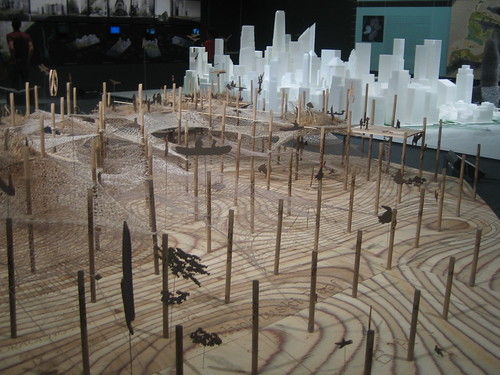
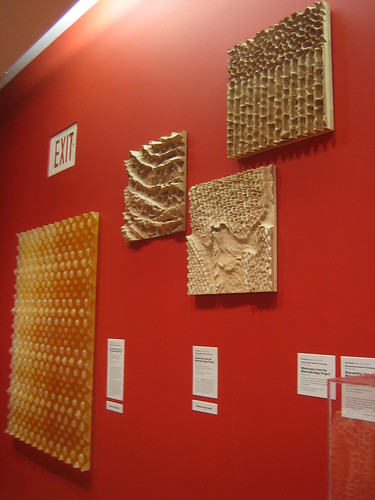
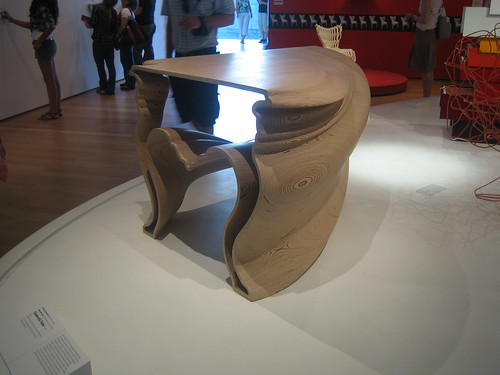
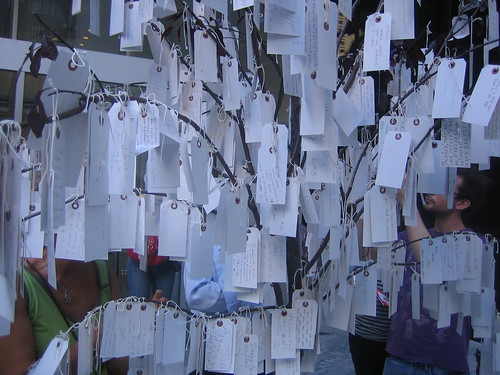
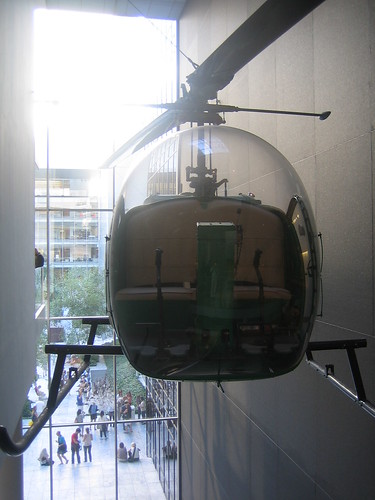
Finally, the building itself was an understated marvel and I found many beautiful images from many angels.
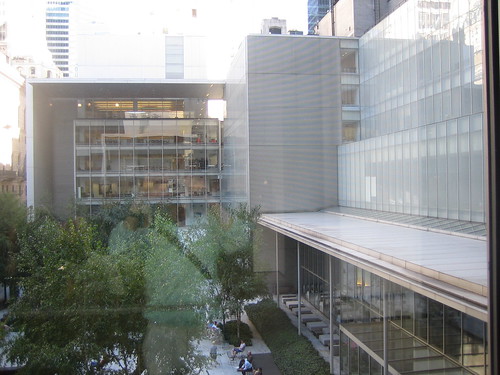
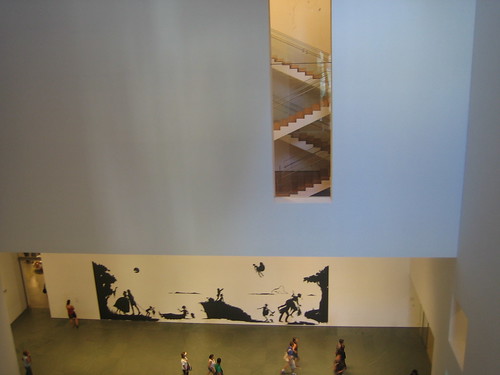

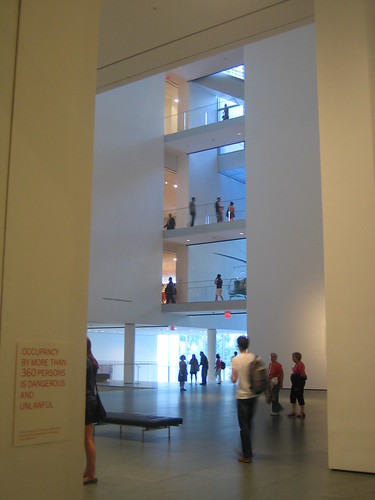
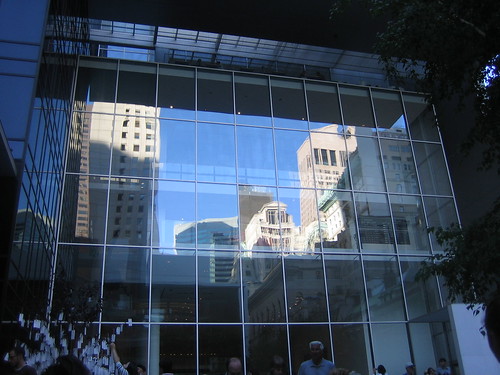
PS: Only in an institution like this, Andrew Wyeth's "Christina's World" would be assigned casually a spot in the corridor. In a minor institution, this piece might have been the crown jewel of its collections.
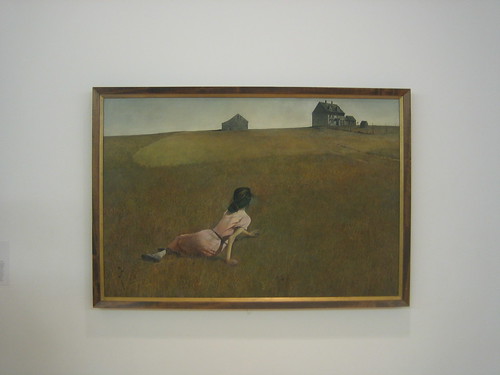
Christina's World, 1948, Andrew Wyeth
>> New York City Report, September 2010, Part VII: Richard L. Feigen Collection and Yale University Art Gallery
<< New York City Report, September 2010, Part V: "Matisse: Radical Invention, 1913-1917" at New York MOMA





No comments:
Post a Comment